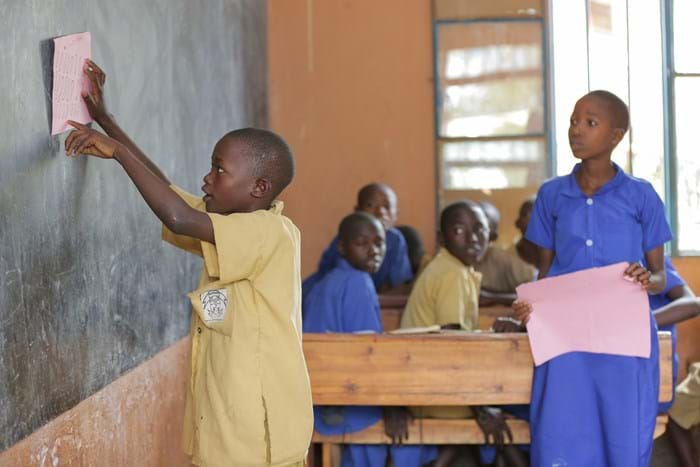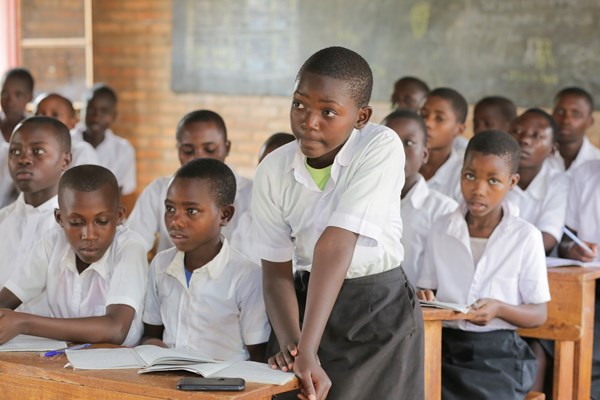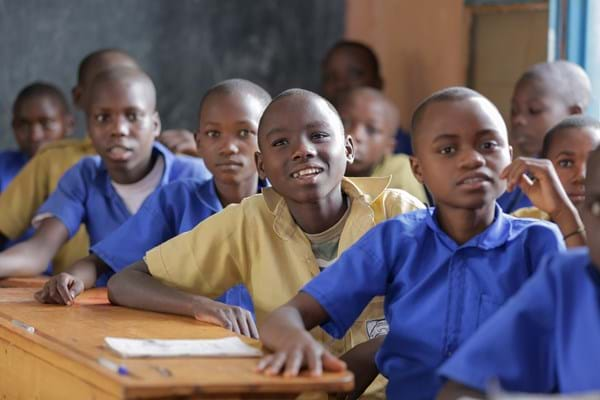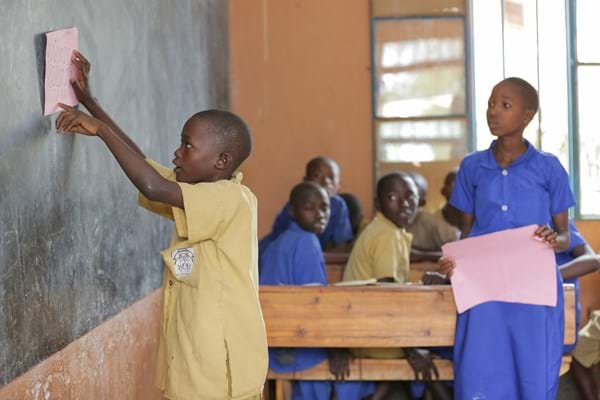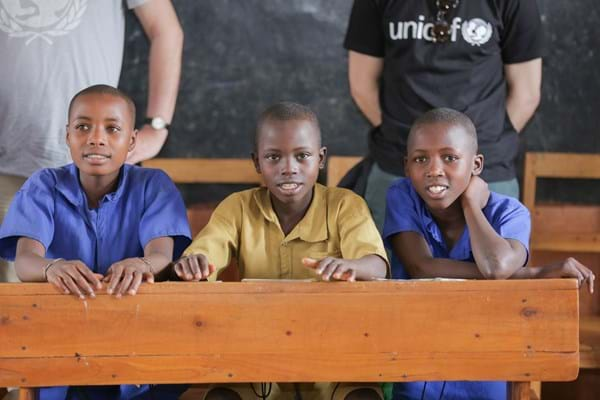Background
With national enrollment at 98,3% in 2018, Rwanda has succeeded in creating decent access to elementary-level education for its youth. Educational progress is considered critical in order for Rwanda to accomplish an enterprising and visionary transformation from its agriculture-based economy to a more specialised knowledge economy in 2050. However, there are still considerable levels of inequality in terms of access to education and the socioeconomic effects of obtaining a degree, which are unveiled when looking at factors such as income, geography, gender and disability.
Despite progress in other areas, the number of Rwandan children finishing primary school was notably lower in 2016 (65,2%) than in 2012 (72,7%), and the percentage of students dropping out during the transitional period between primary and secondary school is still rising. The rate of absorption into secondary education was 71,1% in 2015, marking a clear decline from 86,2% in 2011.
Whilst few children leave in the early years of primary school, 20,8% percent drop out in the last year of primary (Primary 6), which is the transitional year to secondary school. Only few of these children ever return to school. Furthermore, a highly problematic gender gap appears when examining school results, with girls performing significantly worse than boys. This disparity disadvantaging girls can be attributed to social norms and traditions. The dropout rate from primary school among girls is consistently rising in correlation with fewer girls registering for secondary education.
